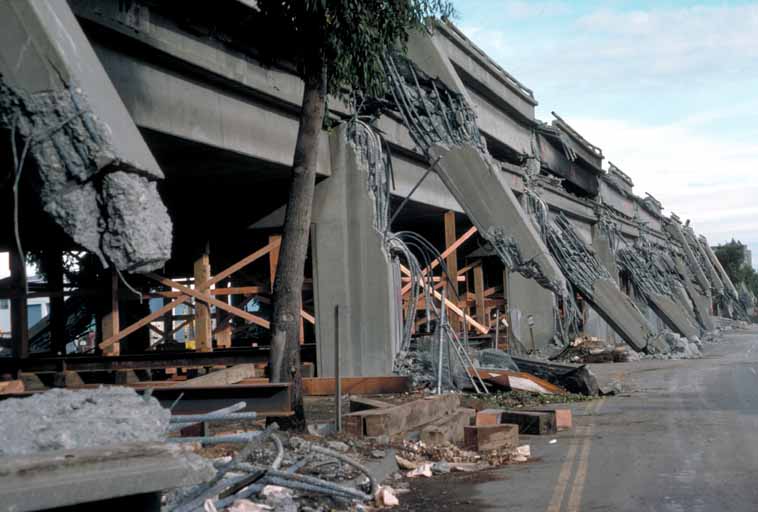An earthquake with a preliminary magnitude of 4.6 jolted the Los Angeles area on Thursday morning, reminding millions of Californians of the looming threat posed by a much larger seismic event. According to the U.S. Geological Survey (USGS), the quake struck at 7:28 a.m., with an epicenter located 4.3 miles north of Malibu and a depth of nearly 7 miles. Although this quake caused minimal damage, it served as a stark reminder that California is constantly at risk of a more devastating earthquake, often referred to as “The Big One.”

For decades, seismologists and public officials have warned that a major earthquake, with a magnitude of 7.8 or greater, could strike California at any time. This recent earthquake, while minor, highlights the importance of preparedness and understanding the potential risks posed by larger seismic events in the state.
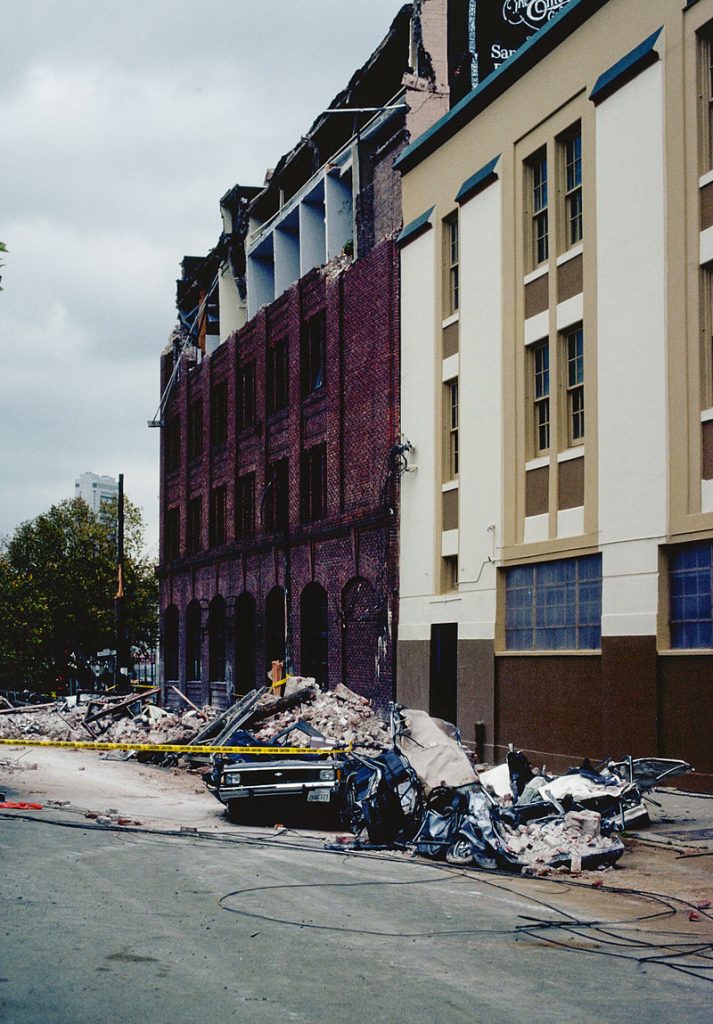
The Risk of a Major Earthquake in California
The Uniform California Earthquake Rupture Forecast (UCERF3) outlines the considerable seismic risk California faces. Over the next 30 years, there is a 99% chance that an earthquake of magnitude 6.7 or greater will occur in the state. The likelihood of a larger event—magnitude 7.0 or greater—is nearly the same for both Southern and Northern California:
- Southern California has a 75% chance of experiencing a major earthquake (M7.0+).
- Northern California faces a 76% chance of a similar quake.
With so many active and newly discovered faults crisscrossing the state, every region of California is susceptible to earthquake damage.
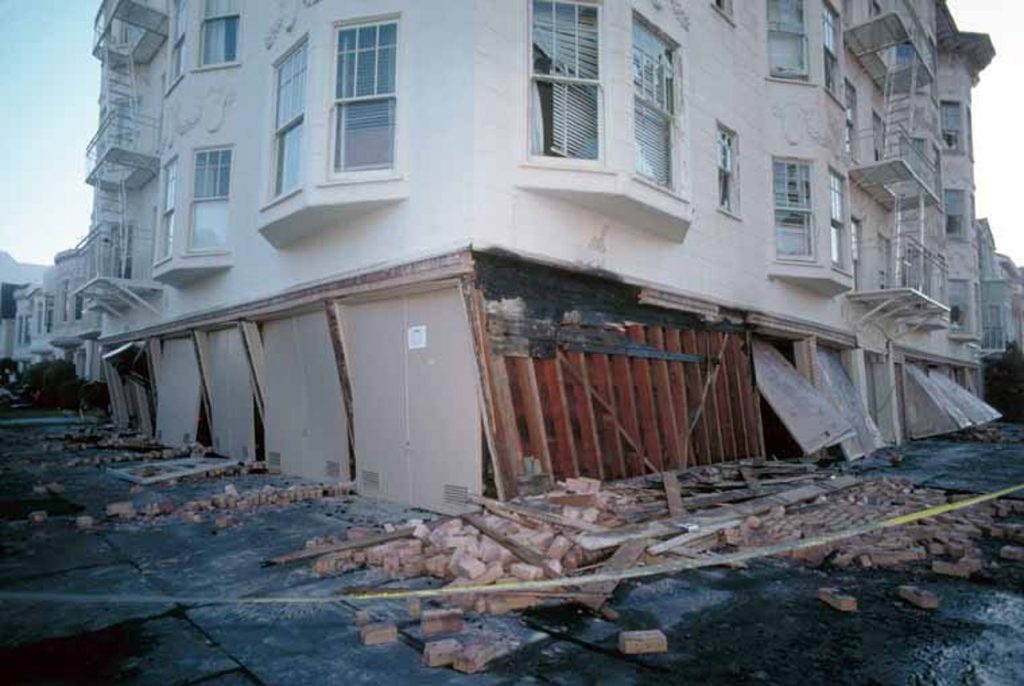
Is Your Home at Risk?
The recent 4.6 magnitude earthquake underscores the fact that earthquakes can happen anywhere in California, even in areas not directly adjacent to major fault lines. California has thousands of known faults, and new ones are continuously being discovered. Even homes located miles away from a fault line can experience significant damage, making earthquake preparedness essential for all Californians.
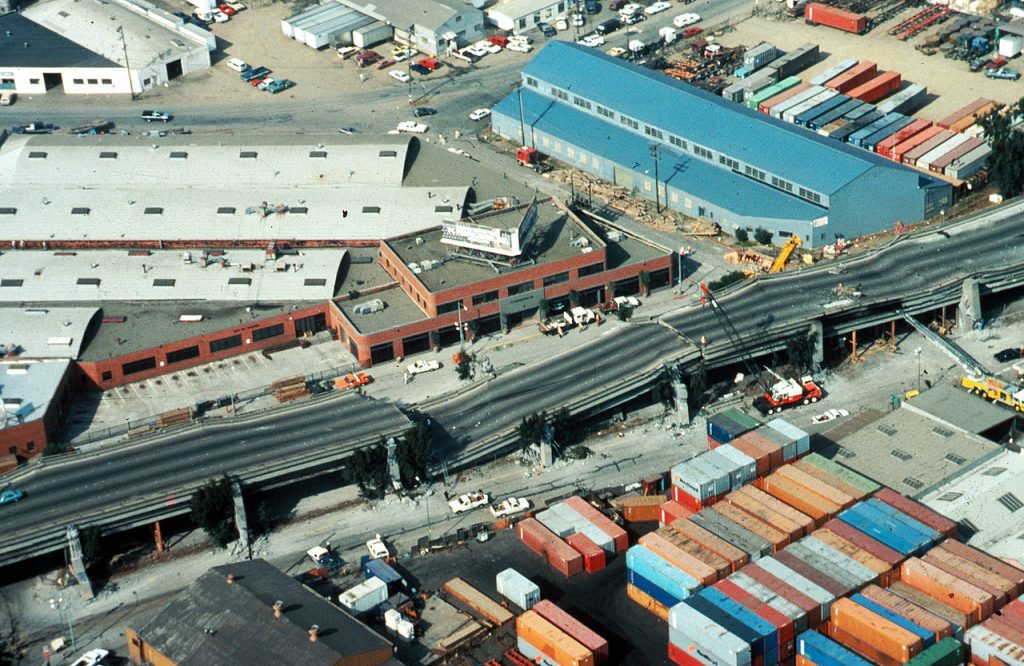
The Big One: What to Expect
When seismologists talk about “The Big One,” they are referring to a hypothetical 7.8 magnitude earthquake striking Southern California. The USGS models show that such an event would have catastrophic consequences, including:
- 1,800 deaths
- 50,000 injuries
- $213 billion in economic losses
- Potential displacement of 500,000 to 1 million people
The impacts of the Big One would extend far beyond physical damage, crippling infrastructure, and disrupting the lives of millions of residents.
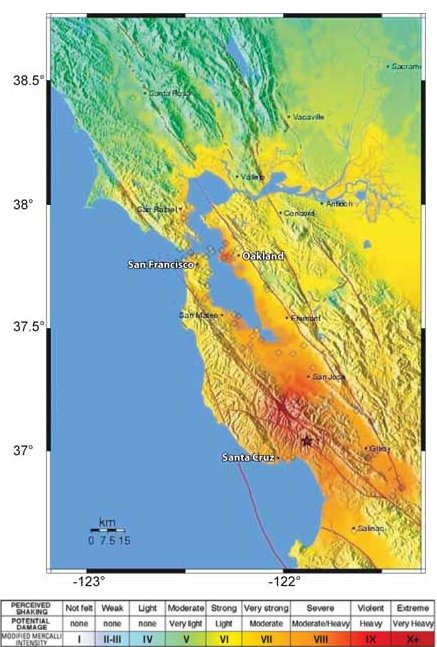
Earthquake Insurance: Should You Get It?
Many Californians mistakenly believe that if they are not directly on a fault line, their homes are not at risk. In reality, most Californians live within 30 miles of an active fault, and the recent 4.6 earthquake serves as a reminder that seismic activity can cause damage even if you are far from the epicenter. Earthquake insurance can help mitigate the financial strain of rebuilding or repairing your home after a quake, offering critical coverage that government aid may not provide.
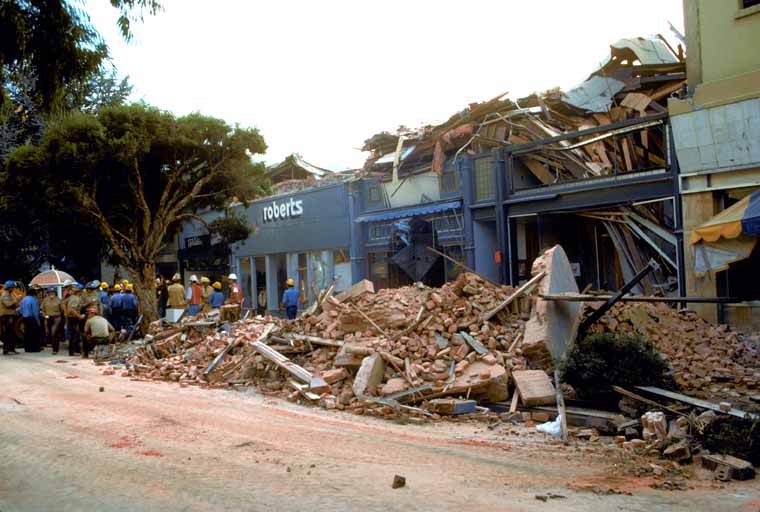
Can You Count on Government Assistance?
After a major disaster, government assistance is often limited and may not fully cover the cost of repairs. While aid programs exist, they typically focus on urgent health and safety needs, and government loans to rebuild must be repaid, adding to the financial burden of homeowners. In contrast, earthquake insurance can provide direct financial assistance for repairs and rebuilding, reducing dependence on government relief.
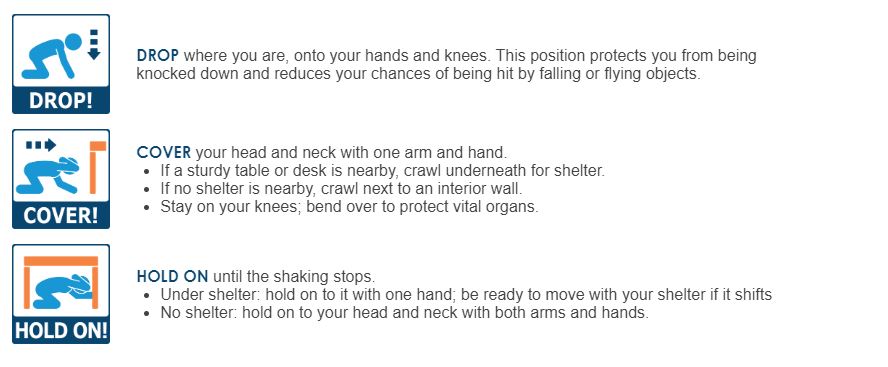
How to Prepare for an Earthquake
While earthquakes are inevitable in California, being prepared can reduce risks. One important safety measure is to practice Drop, Cover, and Hold On, which is recommended during an earthquake to protect against falling objects and structural damage. Additionally, following the Seven Steps to Earthquake Safety can help Californians take proactive measures to secure their homes and create emergency plans. These steps include:
- Securing your space by bolting down furniture and heavy objects.
- Planning how you will communicate with family and loved ones after an earthquake.
- Creating a disaster kit with essential supplies like food, water, and medications.
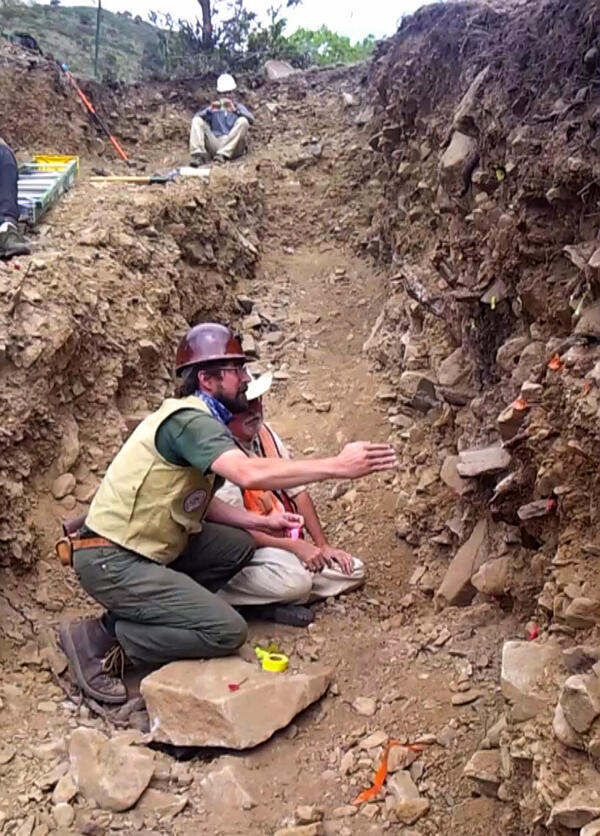
Best Available Science in Earthquake Forecasting
The California Earthquake Authority (CEA) uses the best available science to inform its policyholder rates and manage earthquake risk. Since its establishment 25 years ago, the CEA has relied on data from the USGS, widely considered the leading authority on earthquake science. In 2021, the CEA further bolstered its research efforts by creating the Best Available Science Committee (BASC), tasked with evaluating the latest seismic research and ensuring that their models are continually updated based on cutting-edge science.
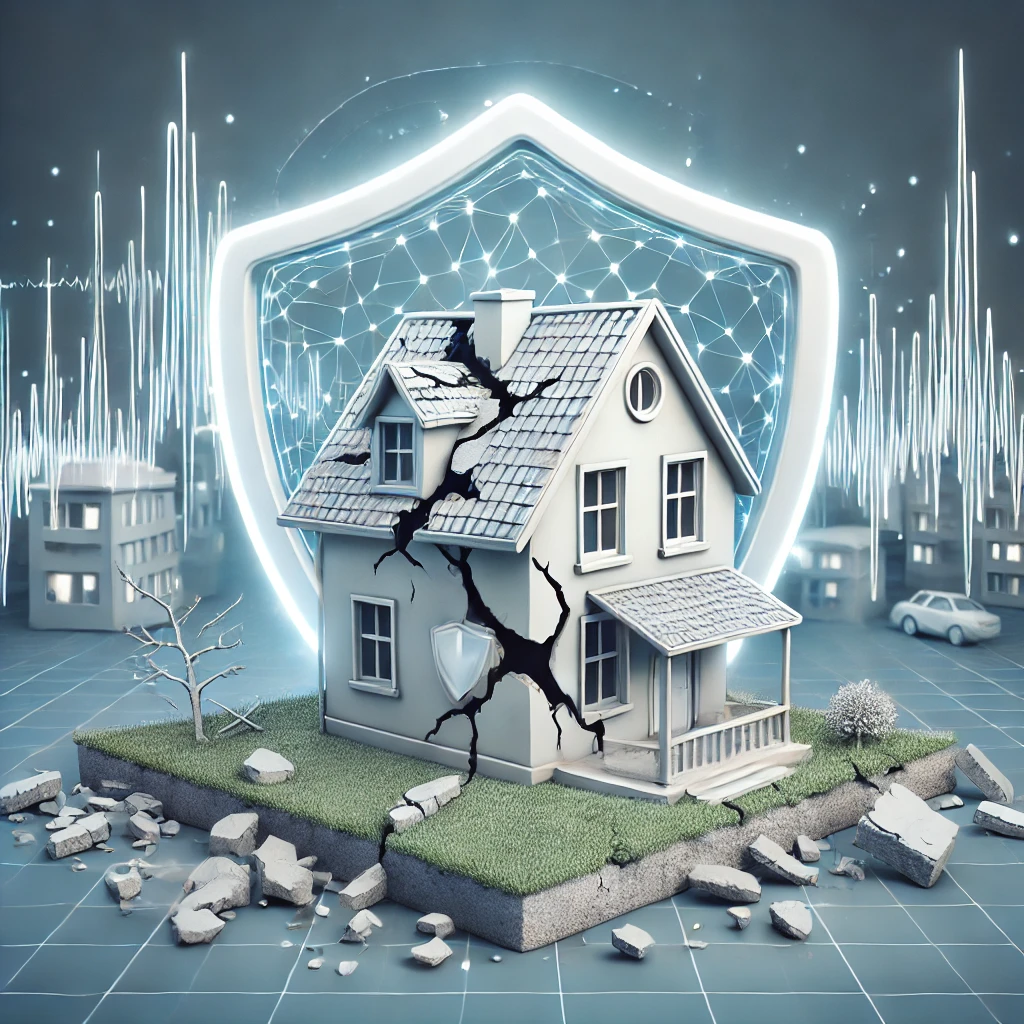
The Time to Prepare Is Now
The 4.6 magnitude earthquake that rattled Southern California is a reminder that earthquakes can strike at any time, and larger events like The Big One are inevitable. While we cannot predict exactly when a major earthquake will occur, we can prepare ourselves and our communities by securing homes, having an emergency plan, and ensuring we have the right insurance coverage.
Californians need to take action now to protect their lives and property from the next major earthquake. Whether it’s reinforcing your home, practicing earthquake drills, or securing comprehensive insurance, preparedness is key to surviving and recovering from a major seismic event.

